CPG Ads Next To Upbeat Articles Perform 50% Better, Sentiment Analysis Finds
By Robert Williams | October 30, 2018
Full article ran here.
Brief:
Upbeat articles on publisher websites spur more than 50% higher engagement for ad placements by CPG and entertainment brands, according to a sentiment study by mobile advertising platform Kargo shared with Mobile Marketer. CPG ads that show a happy "problem solver" like Mr. Clean or aspirational happiness like Coca-Cola and Hershey are compelling for readers looking to prolong their experience when engaging with happy content and are therefore more likely to engage with the ads.
Negative articles perform 30% better for tech and telecom advertisers as "technology continues to be the shining light of our future," therefore offering readers some hope, per Kargo. Automotive and retail brands perform best near articles that contain fear and sadness, as car brands signify a "safe place" to protect consumers from the world. Kargo's findings are based on an analysis of more than 200,000 articles that delivered billions of impressions for advertisers.
The research comes as Kargo is launching a new tool for targeting mobile programmatic ads based on the emotional content of the text they accompany. The AI solution tied to placement on Kargo's network of premium publishers is designed to improve brand safety by preventing ads from running alongside inappropriate content while enabling brands to target ads based on the viewer's mood.
Insight:
Kargo's targeted study may help companies determine how to optimize programmatic ads on publishers' sites by connecting brands with an article's emotional content ranging from happy to sad. By considering sentiment to help position an ad in digital media, marketers could avoid a growing concern about appearing alongside objectionable content on platforms like YouTube. Just last year YouTube experienced advertising boycotts as major companies like Procter & Gamble and Walmart pulled their ads in fear of having their content displayed near — and thus associated with — offensive material.
Using this latest analysis, companies in different sectors could examine how their particular industry's content scores next to a variety of tones, helping to align their marketing to better engage consumers. By doing so, they could create a more enjoyable experience around the ads and compel consumers to engage with the content longer. Kargo isn't alone in offering sentiment analysis but says its solution is unique because of its more extensive use of AI algorithmic research and how it is integrated with the platform's network of premium publishers.
These insights come as programmatic advertising, which uses software for buying, selling or fulfillment of digital display advertising, is forecast to grow to 86.3% of digital ad spending by 2020 from 82.5% this year, per researcher eMarketer. By then, two-thirds of programmatic ad dollars will go to mobile, not desktop ads, as platforms like Facebook and Google continue to exert their influence on the digital ad market. Programmatic ads going to over-the-top and connected TV will prevent mobile's total share from skyrocketing, according to eMarketer.
